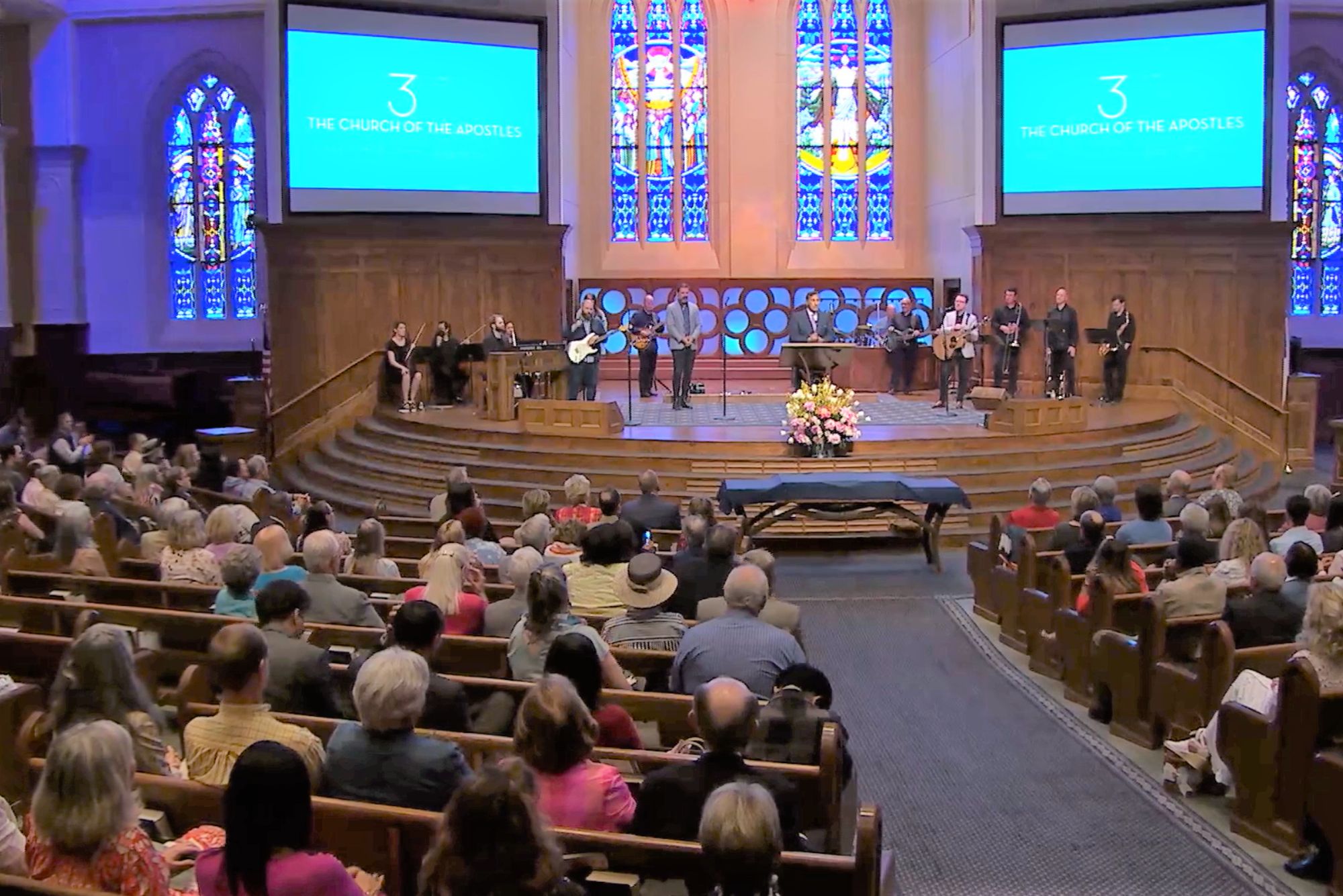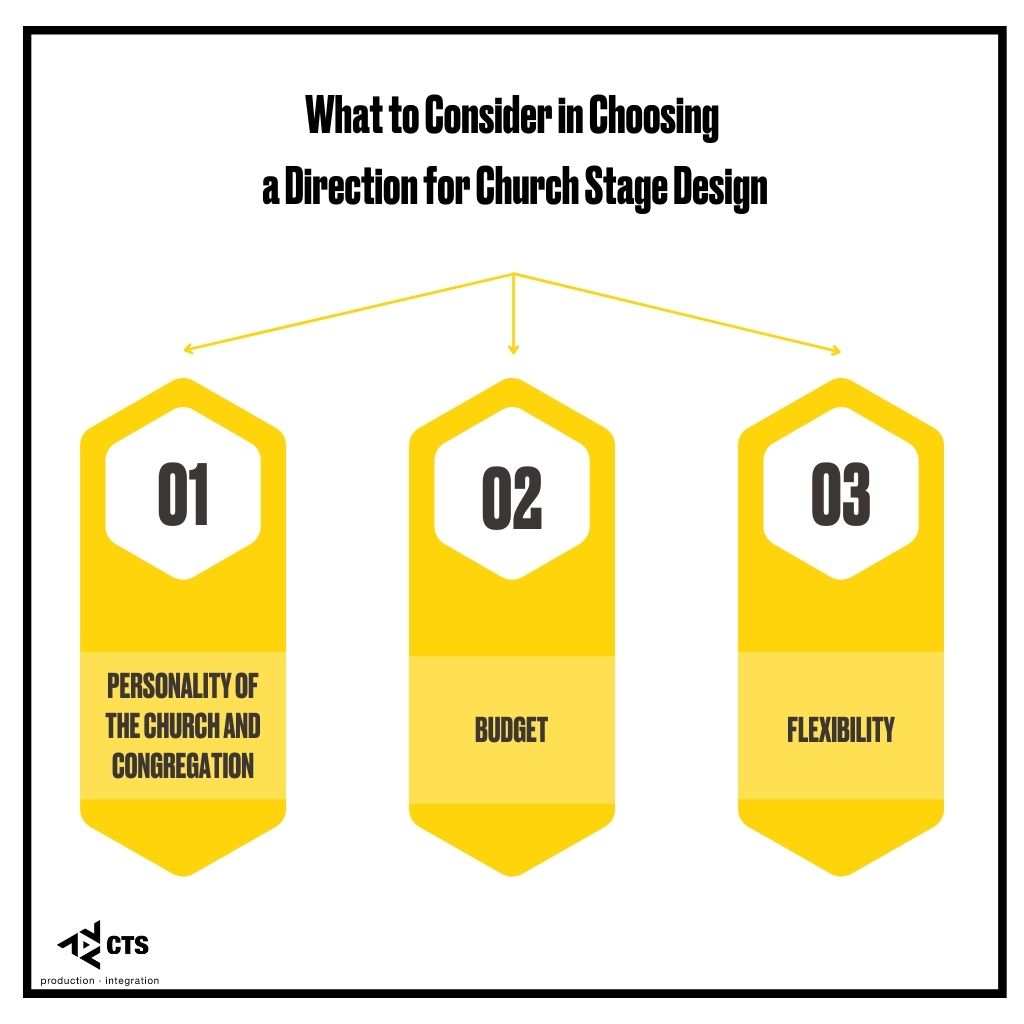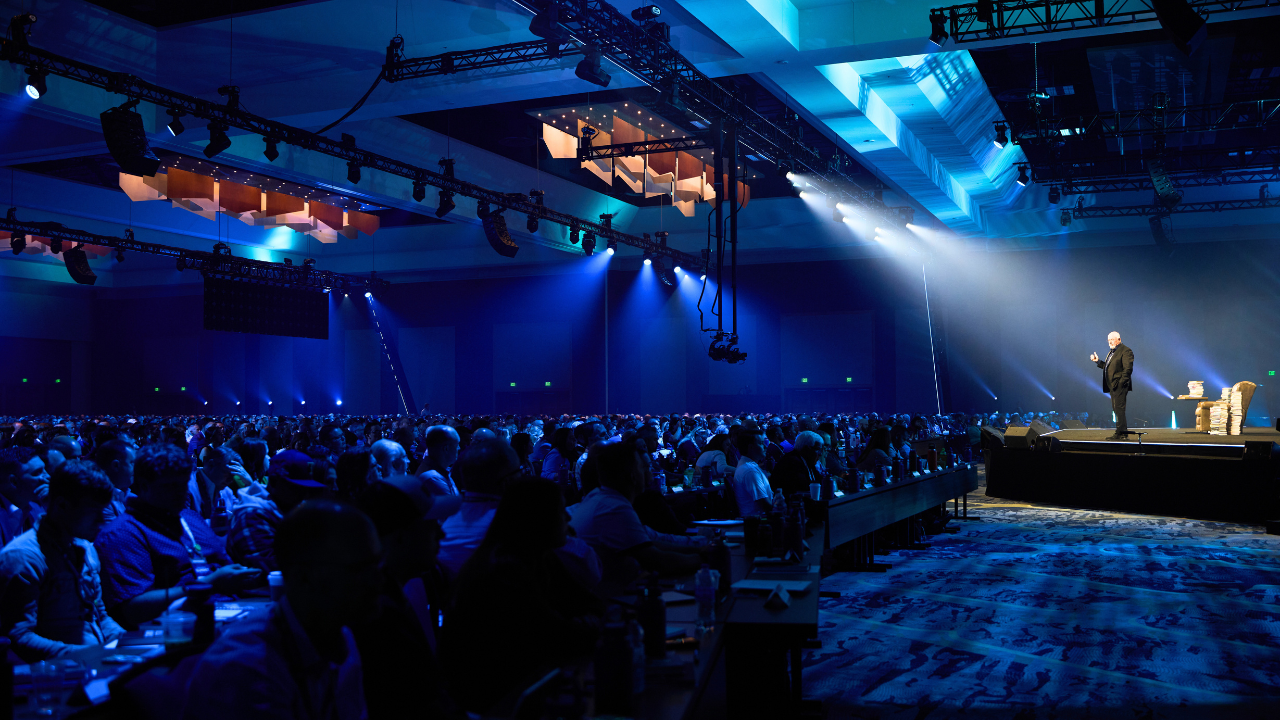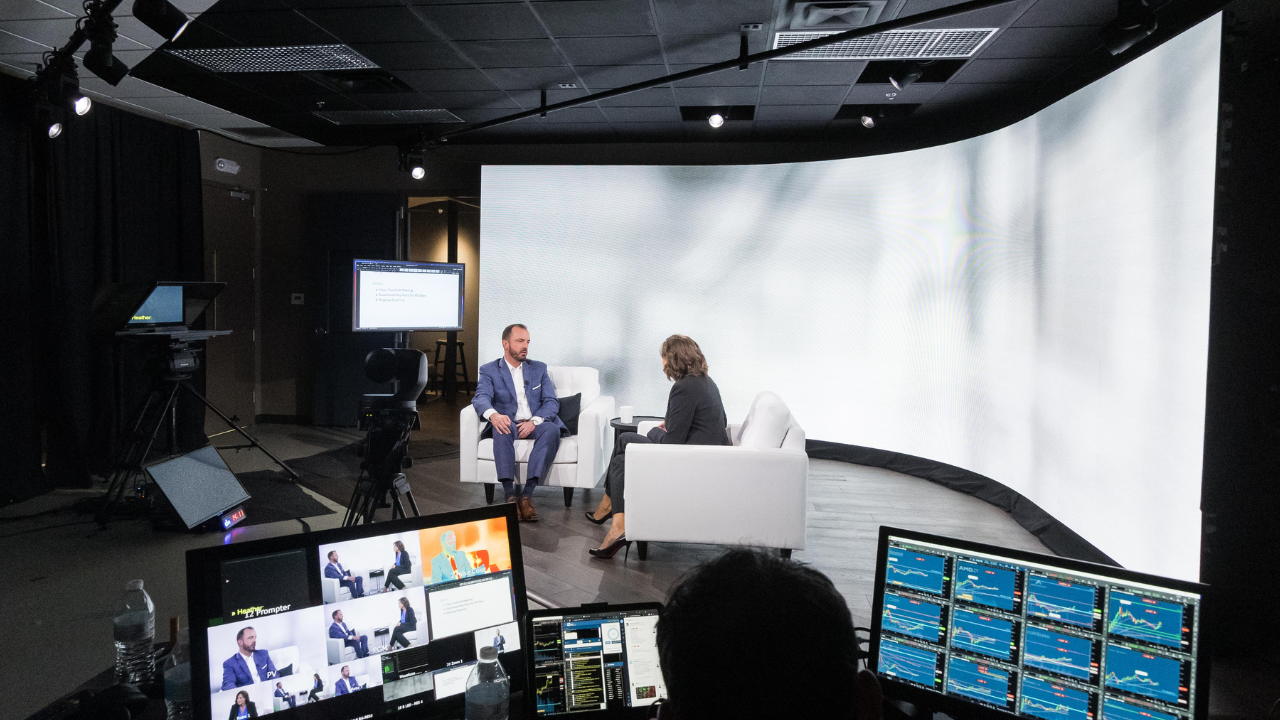Church Stage Design — Blending Architecture and Technology
Published on: Tuesday, August 9, 2022 - 7:00am

Our surroundings have the power to affect our emotions and state of mind. One place we see this manifest most clearly is in a church worship center or sanctuary. This is why we feel so strongly about AVL and architecture working together during design of new church facilities. Once the building is built, combining AVL technology with stage design is the primary method of enhancing various worship experiences and creating new ones.
The stage is the primary focal point in the building, drawing attention from the entire congregation. It’s where worship and teaching physically happen, which means it’s where you have the greatest opportunity to bring interest and creativity into the room.
But every church is different. They have different worship styles, teaching styles, goals, and comfort levels. Even the buildings differ. There’s no one-size-fits-all solution. Each church should consider its unique character and specific congregation so it can produce a stage design that truly meets its needs without compromising individuality.
In this series, we’ll look at some of CTS’s most memorable church stage designs, the factors that led to certain design choices, and how you can incorporate those elements into your own space.
What to Consider in Choosing a Direction for Church Stage Design
There are several factors to consider when choosing the direction for your church stage design. These are the three that have been most prevalent throughout my career:
- Personality of the church and congregation. Your church stage design philosophy should match both. It’s easy to just take the copycat approach and do what all the big churches do. But your church stage design should seamlessly marry appropriate technology with your church’s vision, architecture, and personality.
- Flexibility. Your church’s stage design philosophy will inform the operational requirement for changes over the course of a year. Regardless of whether the design approach is more conservative or very progressive, overall flexibility will make life much easier. Keeping your space flexible will lighten the burden on the staff, bring efficiency during changes, and improve creativity.
- Budget. Of course budget matters. Stage design will use technology to some degree (potentially sets or other fabricated components) and labor for the construction and/or alteration. It’s important to understand available resources and/or budget to ensure you have a plan that can be managed over the long term. If you’re not sure where to begin with your church stage design budget, consulting with your AVL partner early on will help you develop a realistic starting point.

Church of the Apostles (Atlanta, Georgia): Modern Enhancements, Traditional Feel
We’ve worked with Church of the Apostles in Atlanta for many years. The first project we were part of was designing and installing a new sound system in the sanctuary, and we are currently working on video and lighting upgrade projects.
In between, the Church of the Apostles team brought us in to work with them to improve the connection between the congregation and the leaders on stage. The team had observed that some of the architectural realities and larger pieces on stage were creating a feeling of separation or interference during services.
>
The church didn’t want a dramatic architectural change or a load of bleeding-edge technology. Their space is very traditional, with beautiful stained-glass windows and lots of wood detail. They simply wanted to bring in some more modern elements that made the stage, speakers, and worship more accessible to the congregation without losing the traditional feel.
Respecting the Architecture
We knew going into this project that progressive and/or active production was not appropriate for this congregation or their teaching style. It’s just not who they are. The main goal was to find ways to improve the feeling of connection while respecting the architecture. We couldn’t knock down walls or remove the pews from this sanctuary. We had to find some more subtle, creative ways to bridge the gap.
Through the design process, it was decided that a new slimmer pulpit to replace their existing very large oak pulpit, and a matching, more streamlined communion table would bring the right feeling of change. These pieces really opened up visibility to the stage area and removed the feeling of separation between the speaker or worship leader and the congregation.
To bring in a modern enhancement in as subtle a way as possible, custom LED boxes were built to replace the solid wood backdrop they previously had. We used wooden enclosures that matched the overall aesthetic to maintain the traditional feel. However, thanks to direct view LED inside each custom box, the church can choose between color changing, moving background, and custom video content; or they can face the boxes backward, maintaining the effect of the original sanctuary wall.
We designed and built every new element with the intention of matching the church’s personality and respecting its architecture. Today, the church stage design is still beautiful and classic, but it incorporates those slightly modernized additions that preserve the traditional while also serving the congregation’s needs in the present.
Preserve Who You Are
You don’t have to abandon the look, feel, or culture of your church to add modern touches and connectivity to your stage design. Find an AVL team who first sees your vision, and then uses their experience and expertise to bring that vision to life.



